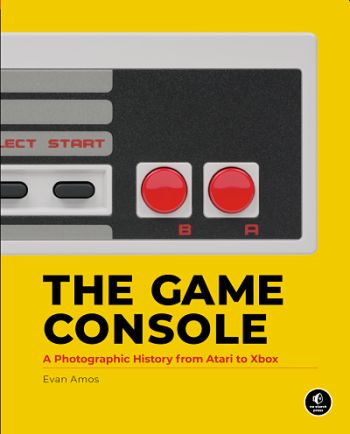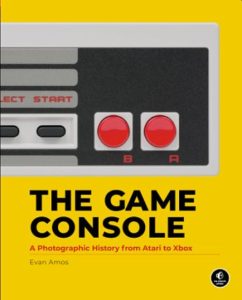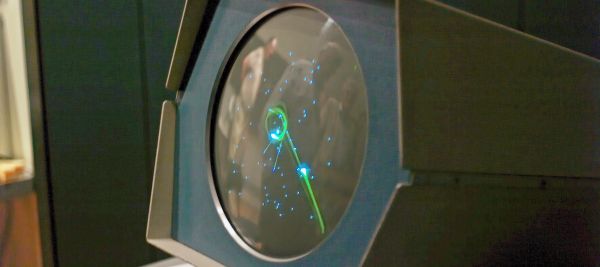
In the 1950s and 60s, the Space Race and the Cold War gave students and researchers at top universities a reason to fight for processing time on the small number of room-sized mainframes in operation at the time. But thanks to the inclusion of a keyboard and a monitor (a luxury for a mainframe at the time), a small group of students at the Massachusetts Institute of Technology discovered that these machines were perfect for games.
After a lot of trial-and-error, these pioneers wound up with Spacewar!, a ship-battling simulation that combined their fascination with space travel with the computational power available in the mainframe. Completed in 1962, word quickly spread amongst the other students at the university, and Spacewar! became a bonafide blockbuster.
While the the game’s creators didn’t know it at the time, Spacewar! wouldn’t just help the future endeavors of Neil Armstrong and Buzz Aldrin, but also launch an entire industry.

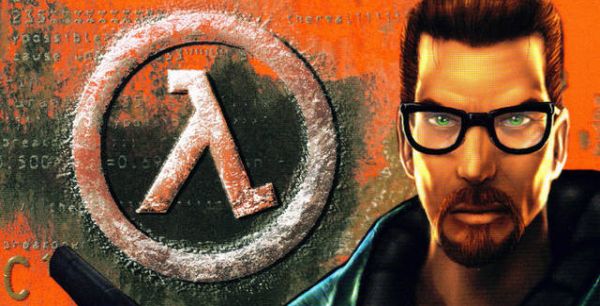
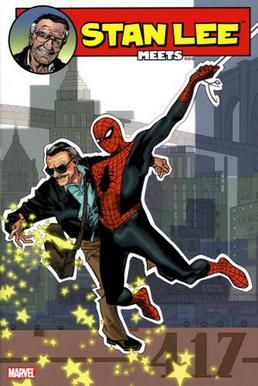
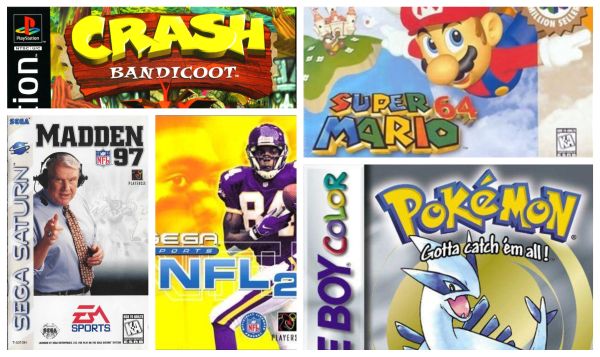




 The staff at Mashable will be exploring some of the greatest games of all time in a brand new podcast known as “
The staff at Mashable will be exploring some of the greatest games of all time in a brand new podcast known as “